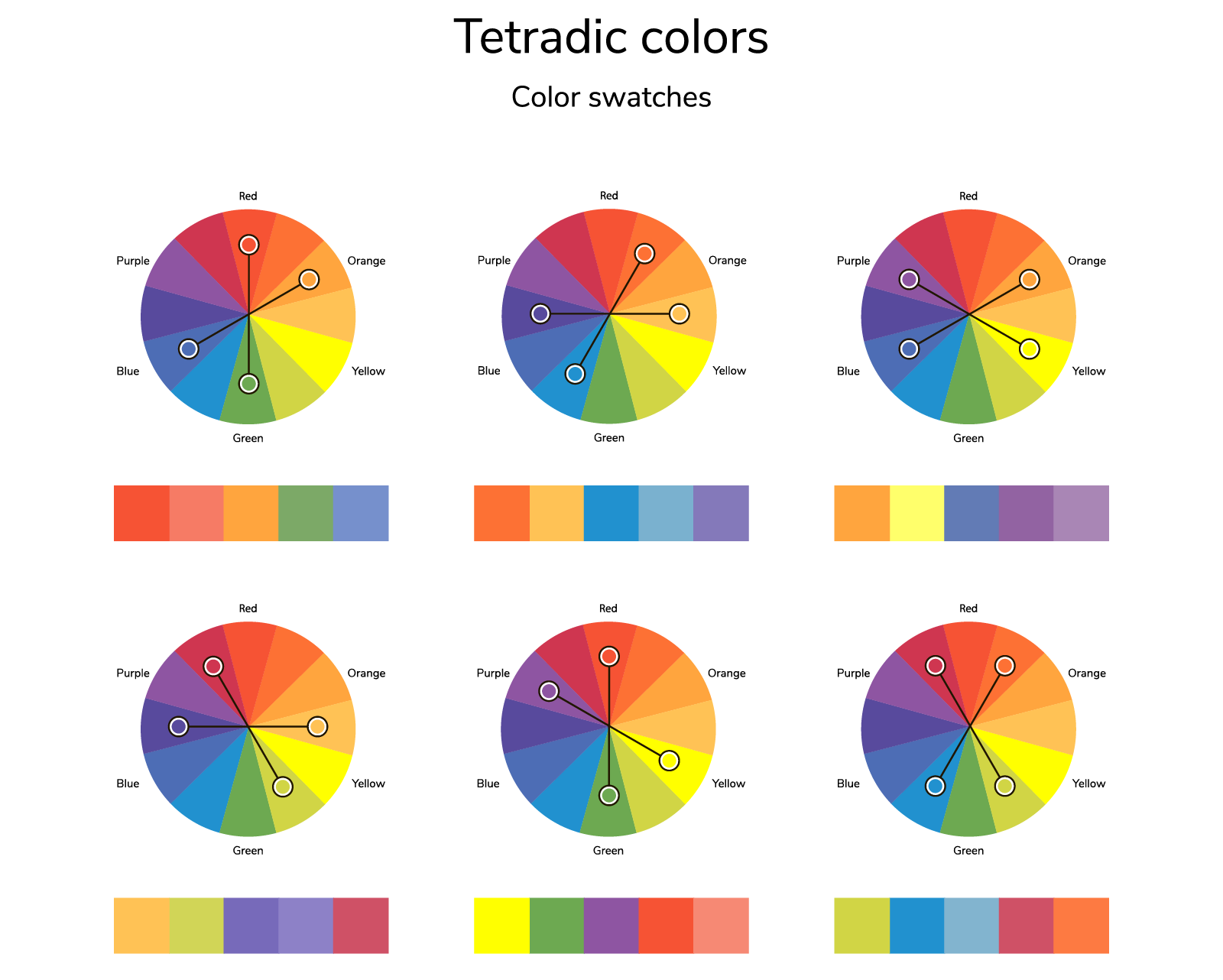Neutral color schemes for living room
Neutral color schemes are a classic choice for living rooms. They provide a calming and versatile backdrop for any design style. The key to creating a cohesive neutral color scheme is to mix different shades and textures to add depth and interest to the space.
Beige and gray are popular neutral colors that work well in living rooms. They can be paired with white for a clean and airy feel or with black for a more dramatic look. Earth tones such as brown and taupe are also great options for a warm and inviting living room.
When choosing neutral colors for your living room, don't be afraid to mix different textures and patterns. For example, a linen sofa paired with a wool rug and velvet throw pillows can create a cozy and layered look.
Warm color schemes for living room
If you want to create a cozy and inviting living room, warm color schemes are the way to go. These colors are often associated with energy, happiness, and comfort.
Some popular warm colors for living rooms include red, orange, and yellow. These colors can be used in different shades and tones to create a harmonious and vibrant living room.
For example, a deep red accent wall paired with soft yellow furniture can create a warm and welcoming space. You can also incorporate warm colors through accessories such as throw blankets, pillows, and artwork.
Cool color schemes for living room
Cool color schemes are perfect for creating a calm and serene living room. These colors are often associated with nature and can evoke a feeling of tranquility and relaxation.
Popular cool colors for living rooms include blue, green, and purple. These colors work well together and can be used in different shades to create a cohesive and soothing living room.
You can bring in cool colors through walls, furniture, and accessories. A light blue accent wall paired with a green sofa and purple throw pillows can create a refreshing and inviting living room.
Monochromatic color schemes for living room
Monochromatic color schemes involve using different shades of the same color to create a cohesive and harmonious living room. This is a great option for those who want a simple but elegant look.
For example, a monochromatic living room in gray can include a light gray sofa, a dark gray rug, and gray throw pillows. This creates a subtle and sophisticated look with just one color.
To add interest to a monochromatic living room, you can mix different textures and patterns. For example, a cotton sofa paired with a faux fur rug and knit throw pillows can create a cozy and layered look.
Complementary color schemes for living room
Complementary color schemes involve using colors that are opposite each other on the color wheel. This creates a high-contrast and vibrant look that can make a statement in any living room.
Some popular complementary color combinations for living rooms include blue and orange, purple and yellow, and green and red. These colors can be used in different shades and tones to create a balanced and visually appealing living room.
When using complementary colors, it's important to choose one dominant color and use the other as an accent. For example, a blue sofa with orange accent pillows can create a striking living room.
Analogous color schemes for living room
Analogous color schemes involve using colors that are next to each other on the color wheel. These colors create a harmonious and cohesive look that is easy on the eyes.
For a living room, you can choose a color scheme such as blue-green-yellow or red-orange-yellow. These colors can be used in different shades and tones to create a warm and inviting living room.
To add interest to an analogous color scheme, you can use different textures and patterns. For example, a velvet sofa paired with a wool rug and linen throw pillows can create a cozy and layered look.
Triadic color schemes for living room
Triadic color schemes involve using three colors that are evenly spaced on the color wheel. This creates a balanced and visually appealing living room.
Some popular triadic color combinations for living rooms include red-yellow-blue, orange-green-purple, and blue-green-red. These colors can be used in different shades and tones to create a vibrant and dynamic living room.
When using a triadic color scheme, it's important to choose one dominant color and use the other two as accents. For example, a yellow accent wall with blue and red furniture can create a bold and visually appealing living room.
Tetradic color schemes for living room
Tetradic color schemes involve using four colors that are evenly spaced on the color wheel. This creates a vibrant and bold look that can be challenging to pull off but can result in a stunning living room.
Some popular tetradic color combinations for living rooms include blue-orange-green-red, yellow-purple-red-green, and orange-purple-blue-green. These colors can be used in different shades and tones to create a visually appealing and balanced living room.
To make a tetradic color scheme work, it's important to choose one dominant color and use the other three as accents. You can also use neutral colors to balance out the vibrant colors and create a cohesive look.
Split-complementary color schemes for living room
Split-complementary color schemes involve using a base color and two colors that are adjacent to its complementary color. This creates a harmonious and balanced look for a living room.
For example, a living room with a blue base color can incorporate orange and yellow as its split-complementary colors. These colors can be used in different shades and tones to create a visually appealing and inviting living room.
To add interest to a split-complementary color scheme, you can use different textures and patterns. For example, a leather sofa paired with a wool rug and cotton throw pillows can create a cozy and layered look.
Accented neutral color schemes for living room
Accented neutral color schemes involve using a neutral color as a base and adding one or two accent colors to create a subtle pop of color. This is a great option for those who want a neutral living room with a touch of personality.
For example, a living room with a gray base color can incorporate navy blue and mustard yellow as its accent colors. These colors can be used in different shades and tones to create a sophisticated and visually appealing living room.
When using an accented neutral color scheme, it's important to choose one dominant accent color and use the other as a secondary accent. This will help create a cohesive and balanced look in the living room.
Overall, when choosing a color scheme for your living room, it's important to consider your personal style, the size of the space, and the amount of natural light. Don't be afraid to mix and match different colors and textures to create a unique and inviting living room. With these top 10 color scheme ideas, you're sure to find one that suits your taste and elevates your living room to the next level.
Color Scheme Ideas for Your Living Room

Make a Statement with a Bold Accent Color
 When it comes to choosing a color scheme for your living room, there are countless options to consider. One popular trend in house design is incorporating a bold accent color into the space. This can add a touch of personality and make a statement in the room.
Bold colors such as red, navy, or emerald green
can be used on an accent wall, throw pillows, or even as the base for your furniture. Not only does this add visual interest, but it also creates a sense of cohesion in the room.
When it comes to choosing a color scheme for your living room, there are countless options to consider. One popular trend in house design is incorporating a bold accent color into the space. This can add a touch of personality and make a statement in the room.
Bold colors such as red, navy, or emerald green
can be used on an accent wall, throw pillows, or even as the base for your furniture. Not only does this add visual interest, but it also creates a sense of cohesion in the room.
Go for a Monochromatic Look
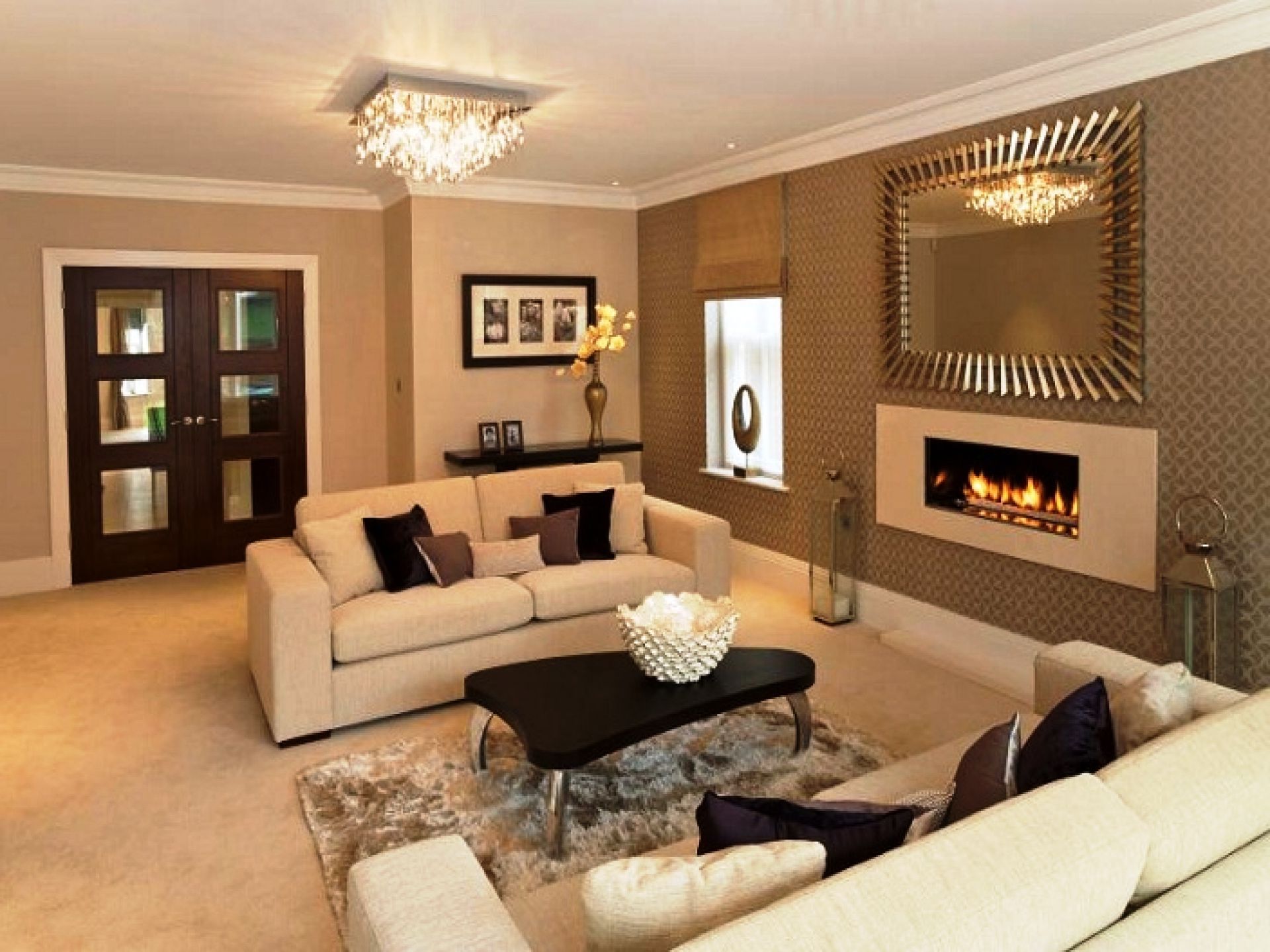 For a more subtle and harmonious color scheme, consider going monochromatic in your living room. This means using different shades and tones of the same color throughout the space.
Neutral colors such as beige, gray, or cream
can create a calming and sophisticated atmosphere. You can add depth to the room by incorporating different textures and patterns in your chosen color. This creates a cohesive and elegant look that is easy to achieve.
For a more subtle and harmonious color scheme, consider going monochromatic in your living room. This means using different shades and tones of the same color throughout the space.
Neutral colors such as beige, gray, or cream
can create a calming and sophisticated atmosphere. You can add depth to the room by incorporating different textures and patterns in your chosen color. This creates a cohesive and elegant look that is easy to achieve.
Mix and Match for a Vibrant Vibe
/169789002-58a723d63df78c345b930ec6.jpg) If you're feeling adventurous, why not mix and match different colors in your living room? This can add a vibrant and playful vibe to the space.
Consider pairing complementary colors such as blue and orange, or purple and yellow
. You can also mix warm and cool tones for a more balanced look. Just be sure to keep the colors in the same saturation level to avoid a chaotic and overwhelming feel.
If you're feeling adventurous, why not mix and match different colors in your living room? This can add a vibrant and playful vibe to the space.
Consider pairing complementary colors such as blue and orange, or purple and yellow
. You can also mix warm and cool tones for a more balanced look. Just be sure to keep the colors in the same saturation level to avoid a chaotic and overwhelming feel.
Stay Neutral with Pops of Color
 If you prefer a more neutral color scheme but still want to add a touch of color, try incorporating pops of
bright and bold colors such as fuchsia, turquoise, or mustard yellow
. This can be done through accent pieces like throw pillows, artwork, or even a statement rug. These pops of color will add visual interest to the room without overpowering the neutral palette.
Using a carefully chosen color scheme can completely transform the look and feel of your living room. Whether you opt for a bold accent color, a monochromatic look, or a mix of colors, be sure to choose a scheme that reflects your personal style and creates a cohesive and inviting space. With these color scheme ideas, you can easily elevate your living room and make it the focal point of your home.
If you prefer a more neutral color scheme but still want to add a touch of color, try incorporating pops of
bright and bold colors such as fuchsia, turquoise, or mustard yellow
. This can be done through accent pieces like throw pillows, artwork, or even a statement rug. These pops of color will add visual interest to the room without overpowering the neutral palette.
Using a carefully chosen color scheme can completely transform the look and feel of your living room. Whether you opt for a bold accent color, a monochromatic look, or a mix of colors, be sure to choose a scheme that reflects your personal style and creates a cohesive and inviting space. With these color scheme ideas, you can easily elevate your living room and make it the focal point of your home.



/Neutrallivingroom-GettyImages-568518365-5a6260a87d4be80036ac6b0c.jpg)











/Homedecorwarmcolors-GettyImages-640896866-596fcc88af5d3a00110c5931.jpg)





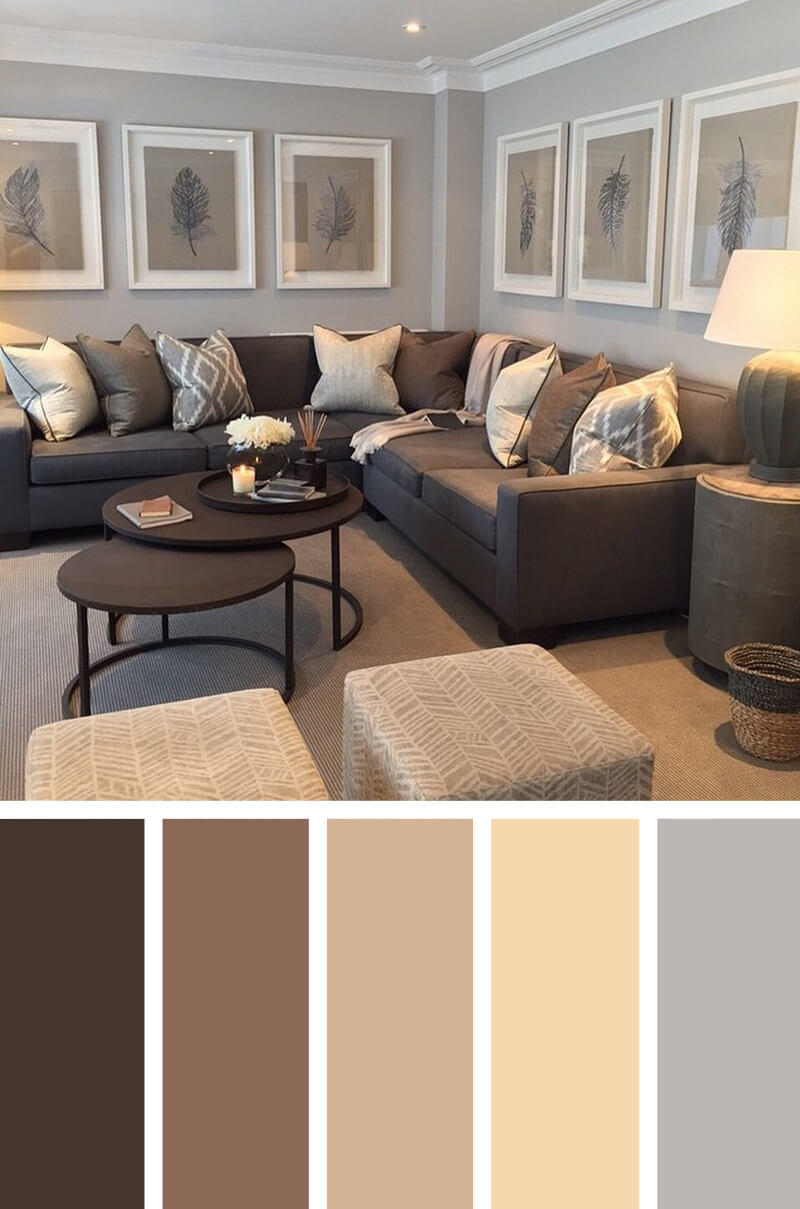

:max_bytes(150000):strip_icc()/Divaroom-5ad4ff7feb97de00371a098a.jpg)
:max_bytes(150000):strip_icc()/Litchfield_BeresfordHill_025-5b89787fc9e77c00258aa53c.jpg)




:max_bytes(150000):strip_icc()/KZ8O0W-5abd0d4fa18d9e0037e877ab.jpg)





:max_bytes(150000):strip_icc()/monochromatic-175424478-resized-58a475403df78c4758656547.jpg)
















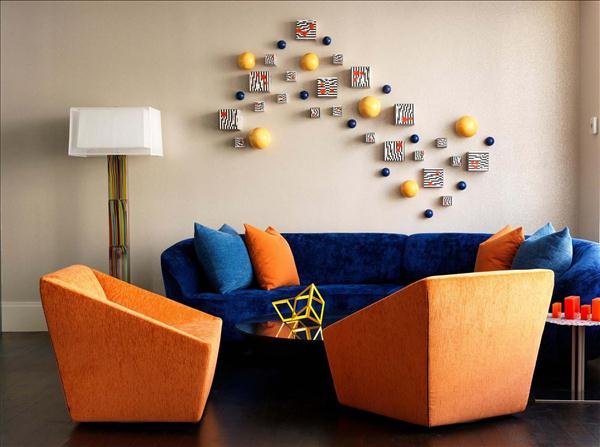







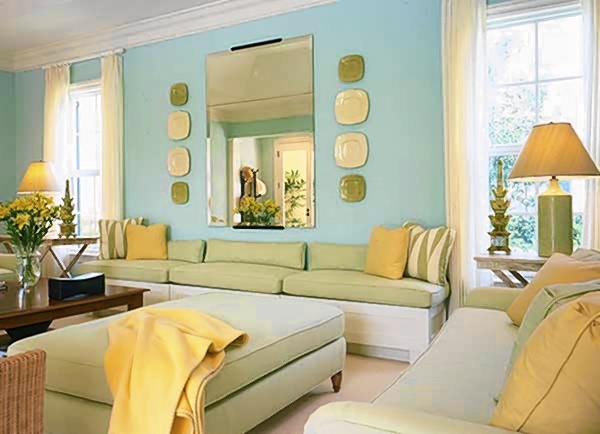








:max_bytes(150000):strip_icc()/purple-green-orange-bohemian-585afbdb5f9b586e023085fa.jpg)


:max_bytes(150000):strip_icc()/maitegrandeprimary-f97f061fd68e4e6388cd204e92f00d03.jpeg)

:max_bytes(150000):strip_icc()/GettyImages-1057382918-2c9f5e5e6d71446e882d3c7182bf71db.jpg)





